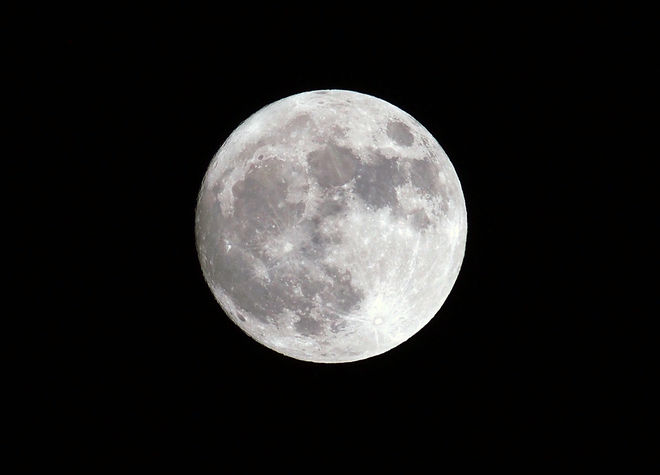
Apollo 14 Mission Rocks Reveal Real Age of Moon –“Much Earlier Than Thought” .
According to Space.com, similar estimates from the previous studies have raised an argument that the moon emerged 150 million to 200 million years after the solar system was born. But the recent study published in January 11, says, based on the analysis of the fragments of zircon found in the rocks collected from the moon, reveals that the moon formed 4.51 billion years ago, 60 million years after the solar system took shape.
The researcher in UCLA’s Earth, Planetary and Space Sciences Department and the lead author of the study Melanie Barboni, told Space.com that “We are really sure that this age is very, very robust.”
In the article posted in The Verge, Barboni stated that the moon technique involved breaking down the chemical components of a mineral within the lunar samples called zircon. It helps the scientists to figure out the important event happened in the Moon’s formation just by studying zircon when it solidified.
The chemical signatures of zircon allowed the scientists to estimate the occurrence of the solidification of the Moon. The team dated samples radiometrically, by measuring how much uranium had decade into lead and how hafnium had decade into various daughter isotopes.
The researchers manage to date back gigantic impact that would have created a massive ocean of liquid magma that eventually merged into the earth and the Moon, a key process that is often considered as the beginning of the Moon’s life.
Based on the analyses made by Melanie Barboni and her team, the age of the Moon is 4.51 million years, give or take 10 million years. “We were able to correct for everything that was a problem before, the people said about zircon could not be used”, Barboni said.
However, Dr. Richard Carlson, director for the department of terrestrial magnetism at Carnegie Institution for Science, told The Verge that the results of Barboni’s study was not enough to settle the debate on Moon’s age. Carlson has few concerns about the technique used to analyze zircon as well as the assumptions made in the study.
“It is just a very complicated problem they are addressing me, which is why we still do not have a clear answer to such obvious question as the age of the moon”, Dr. Carlson explain.
But, Barboni still says that it makes sense for the Moon to be old. If some scientists think that life formed as late as 4.1 billion years ago, then the giant impact occurred much earlier than the first emergence of lifeforms, and the Earth has more time to evolve for the right conditions for life to thrive.
Zircon has already been found to be valuable for dating rocks on Earth. This type of rock that crystalizes from magma, dated 4.374 billion years old, and remains relatively unchanged. It is though to have been crystalize when the Moon is still volcanically active, magma from lunar interior erupted onto space and eventually cooled and crystalized into zircon.













